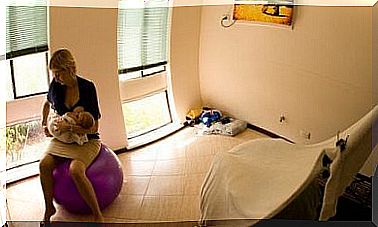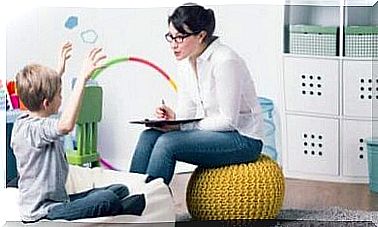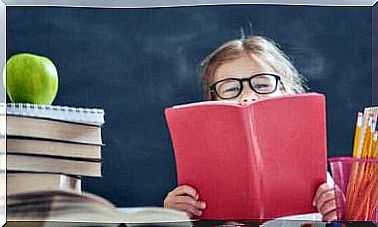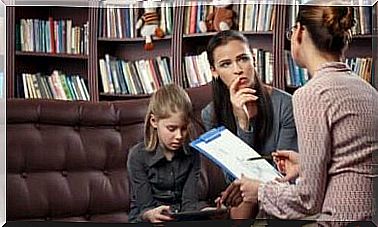9 Useful Study Techniques For Children
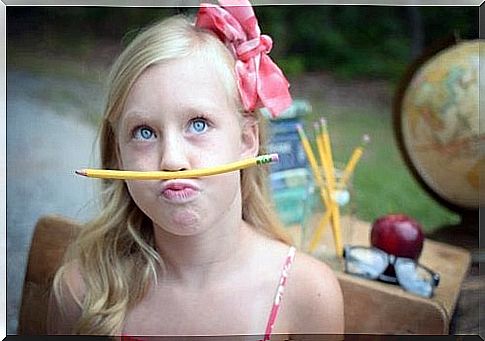
Study techniques for children are specific and systematized activities. You can generally apply them to simplify the learning process, which undoubtedly improves the academic performance of children.
In addition to promoting academic achievement, good study techniques for children have other benefits. For example, think of:
- Increasing motivation.
- Generate interest.
- Improve collaboration.
Children also become more independent, take more initiative and are also more creative.
From a greater awareness of the needs of children in the learning process, various study techniques for children have emerged. These techniques help them to develop their skills during this phase.
Fortunately, people think that you should be able to acquire knowledge in different ways.
Therefore, in order to promote the best study techniques for each child, we must always keep in mind their stage of development and individual characteristics. This can range from their personality to the context in which they learn.

Make use of these study techniques for children
We share below 9 study techniques for children that parents and teachers can use. You can choose the techniques that best suit their needs for each child.
These study skills can be used sequentially as part of an overall plan or on an individual basis.
Read
To absorb a text, it must be read beforehand. There are 2 types of reading that can be used, namely:
- Exploratory reading or pre-reading. This first read is quick. It introduces the child to the text and story.
- Reading comprehension. After exploratory reading, comes reading comprehension. Stop after each paragraph and give a brief verbal summary of what was read in the last paragraph. In this way, the child will master the interpretation of the text.
underline
In general, the technique of underlining is taught step by step. Ideally, after the previous step of reading, one would determine the main idea and answer this question: “what does the text want to tell us?”
Starting with this question, a child can then underline the most important parts of a text or paragraph. In this way the child understands the text better. It can also be used for later study.
Take notes
In this step you further elaborate on what you have underlined. It is important and useful that the child write in his own words and not copy everything word for word.
At the same time, you have to respect certain things that you cannot rewrite. For example, if the text is about a historical event, you cannot omit the data from your summary.

Drawing mind maps
Mind maps are also very useful, especially for children with visual memory. However, even if your child has no visual memory, these diagrams are helpful because they connect keywords through arrows over a network. It maps their thoughts in a creative way.
Flash cards : This is a useful method when children need to memorize numbers or data. It is mostly used in subjects such as history, chemistry, mathematics, geography and languages.
Quizzes
A quiz helps determine how much content your child has learned and how much remains to be checked. You can also work with multiple choice questions where you have to choose from 3 or more possible answers.
mnemonics
mnemonics are used to connect a difficult-to-remember term with one that the child recognizes. That way you anchor a new idea with an already existing idea. It is very useful to remember words and dates in this way.
Draw
Many children use their skill to draw. This kind of talent is particularly useful in subjects such as geography, art or history. A drawing can help you create visual mnemonics.
Recording lessons
Children who acquire knowledge through audio record the lessons for later playback at home. Afterwards, they record their own voice when they repeat the same things. This is a powerful and useful learning method especially when the child recognizes their own voice on the recording. This is much more effective in acquiring accurate knowledge than listening to an unfamiliar voice.
And although this is not really a study technique, it is also very important to have a neat and organized study place.
You can also use these study techniques for children in the order above as a study plan. This will greatly facilitate your child’s learning.
Certain techniques are nevertheless used more by some children than by others. This depends on the individual abilities of the child and his personality. It also depends on its stage of development, the context and the topic you are dealing with.

